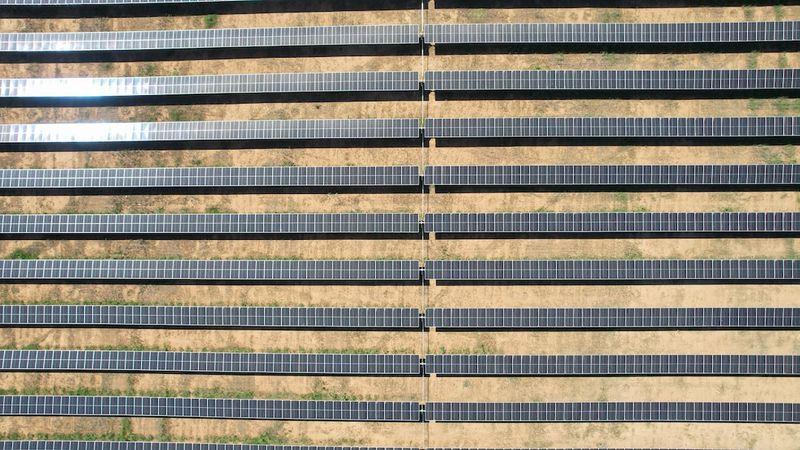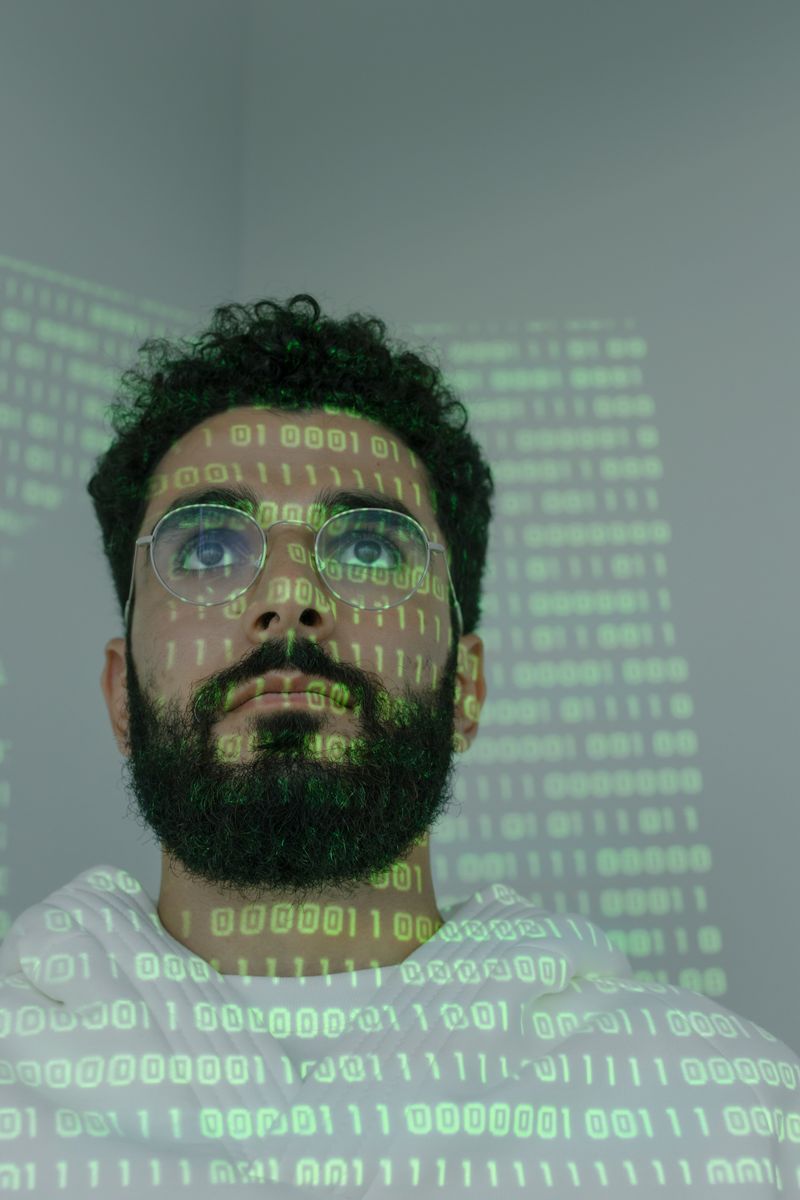Actively Exploited Solar Power Product Vulnerability Could Expose Energy Organizations to Attacks
Introduction
A vulnerability in Contec’s SolarView solar power monitoring product has been actively exploited, posing a significant threat to energy organizations. The vulnerability, identified as CVE-2022-29303, allows unauthenticated attackers to remotely inject code into SolarView systems. This exploit has been used by a Mirai botnet variant to compromise devices and potentially create a network pivot to attack other ICS resources.
The Scope of the Vulnerability
Contec’s SolarView product is widely used in the energy industry, with over 30,000 power stations relying on it for monitoring and visualization. However, VulnCheck, a vulnerability intelligence company, has discovered that versions of SolarView dating back to at least 4.0 are impacted by CVE-2022-29303. A Shodan search has revealed that there are over 600 internet-exposed SolarView systems, with over 400 of them running vulnerable versions.
Potential Impact and Risks
VulnCheck has highlighted the potential impact of the exploitation of SolarView systems. While the loss of visibility is the worst-case scenario, the impact can be much greater depending on the network the hardware is integrated into. For example, if SolarView is connected to a solar power generation site, attackers can cause loss of productivity and revenue by using the compromised hardware as a network pivot to launch further attacks on other ICS resources.
Philosophical Discussion: The Vulnerability of Critical Infrastructure
This incident highlights once again the vulnerability of critical infrastructure to cyber attacks. With the increasing reliance on connected systems and IoT devices in various sectors, including energy, transportation, and healthcare, the potential impact of successful attacks can be devastating. It raises questions about the responsibility of manufacturers to prioritize security in their products and the need for robust cybersecurity measures in critical systems.
Recommendations and Advice
Immediate Actions for Energy Organizations
Energy organizations that are using Contec’s SolarView product should take immediate steps to mitigate the vulnerability and protect their systems. The first and most crucial step is to ensure that the SolarView software is updated to the latest version, which patches the vulnerability. Organizations should also conduct a thorough audit of their network to identify any compromised SolarView systems and remediate them immediately.
Enhancing Cybersecurity in Critical Infrastructure
This incident underscores the importance of a multi-layered cybersecurity approach in critical infrastructure. Energy organizations, along with manufacturers and governments, should prioritize the security of their systems and invest in robust security measures. This includes regular software patching, network segmentation, intrusion detection systems, and continuous monitoring and response capabilities.
Editorial: Strengthening Cybersecurity Regulations
While individual organizations bear the primary responsibility for securing their systems, governments and regulatory bodies have a crucial role to play in setting cybersecurity standards and regulations for critical infrastructure. The Contec SolarView vulnerability highlights the need for stricter regulations and compliance requirements in the energy sector to ensure that manufacturers prioritize security in their products.
Creating a Culture of Cybersecurity
Lastly, there needs to be a cultural shift towards prioritizing cybersecurity in organizations that provide essential services. This includes investing in cybersecurity training and education for employees, fostering a proactive approach to identifying and mitigating vulnerabilities, and creating a culture of cybersecurity awareness and responsibility.
Conclusion
The actively exploited vulnerability in Contec’s SolarView solar power monitoring product poses a significant threat to energy organizations. Immediate action needs to be taken to update and secure SolarView systems, as well as to strengthen cybersecurity measures in critical infrastructure. It is also imperative for governments and regulatory bodies to enforce stricter cybersecurity regulations and for organizations to foster a culture of cybersecurity awareness and responsibility. Only through a collaborative and proactive approach can we protect critical infrastructure from malicious attacks.

<< photo by Priamo Mendez >>
The image is for illustrative purposes only and does not depict the actual situation.
You might want to read !
- Nagoya Port Hit by Ransomware: Exploring the Economic Implications
- Security Breaches: The Threat of Storing Secrets as Plain Text Files
- Firefox 115 Patches High-Severity Use-After-Free Vulnerabilities: Safeguarding against Cyber Threats
- Ransomware Woes: Can Microsoft Offer a Quick Fix?
- Ghostscript Bug Exposes Security Vulnerability in Document Rendering System
- Swedish Regulators Crack Down on Corporate Google Dependency




